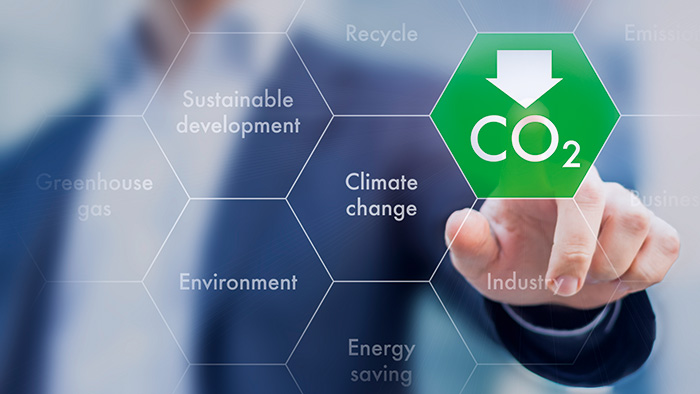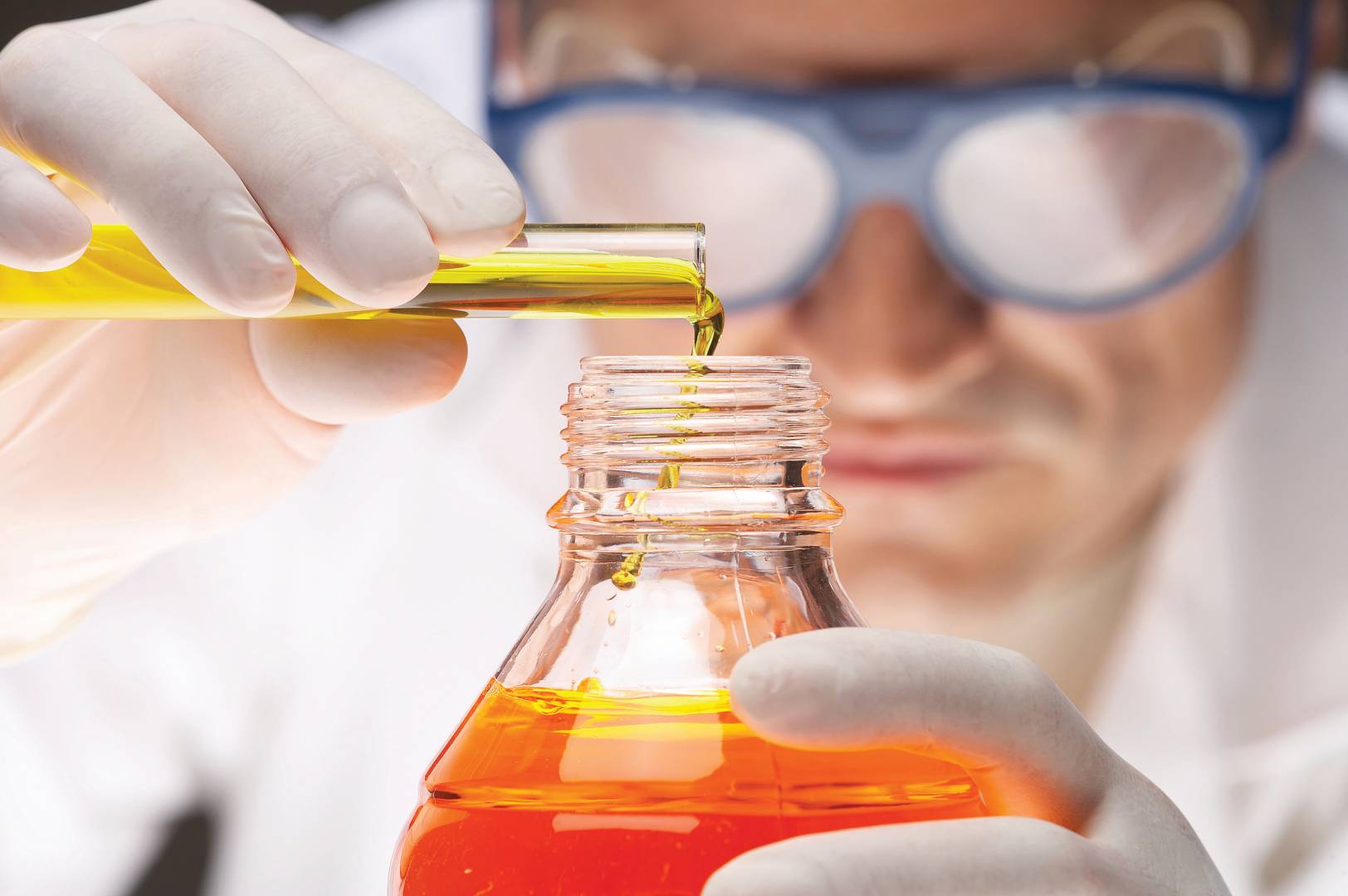Carbon Capture Use and Storage (CCUS) Technologies: Towards Zero CO2 Emissions

“Carbon capture and storage (CCS) is a means of lowering carbon emissions that could contribute to the fight against global warming. This is a three-part process involving: capturing and then storing deep below carbon dioxide produced by energy generation or industrial activity, such as steel or cement.”
The energy sector needs a radical technical transition of the energy sector to a Net-No CO2 emission by 2070 of the kind shown in the Sustainable Development Scenario. Pillars of major importance include energy efficiency and renewables, but further technologies for reaching net-zero emissions are needed. In terms of the cumulative CO2 reductions, four value chains provide around half: generally electrified end-use technologies (for example advanced batteries); carbon capture, utilization, and storage (CCUS); hydrogen and hydrogen-associated fuels; and bioenergy.
Climate concerns are increasing the interest in innovative technology to decrease emissions in harsh sectors, such as cement, and also to decrease atmospheric CO2 levels. The top priority is carbon capture, use, and storage (CCUS), a phrase that refers to a set of technologies and approaches that perform just what they have said. CCUS can actually draw down CO2 levels in the atmosphere — "negative emissions" as they are known — using direct air capture (DAC) or bioenergy using carbon capture and storage (BECCS).
The value chain of carbon capture, use, and storage
In an intuitive value chain, the potentials of CCUS may be tracked. Many industrial processes generate CO2, the most important when hydrocarbons are burned to produce power but also less visibly – when Silestone is heated for the purpose of cement production, for example. Cars are also released from CO2 by driving or heating your home. The source of emissions like power plants or refineries can be used for collecting carbon dioxide, or even from the air.
The capturing of the process is possible with a range of technologies — some employing membranes and others with solvents. Once it has been caught, the concentration of CO2 (most inexpensively by pipeline) can be delivered to areas that can be utilized to produce synthetic jet fuel — for example as an input or can be stored underneath.
While these options contribute to stabilizing atmospheric CO2 levels, the difficulty is economic. Stocking seems to be the obvious solution as there is a great possibility for geological storage and storage and technology. However, CO2 storage at scale is purely costly and related investments are (understandably) reduced due to the absence of government incentives to scam collection technologies and storage infrastructure installations. There are also intricate legal questions such as accountability for potential leaks and competencies related to the use of the subterranean property.
Capturing CO2 from ambient air—anywhere
Direct capture of air (DAC) might significantly drive CO2 emissions into negative territory. DAC accomplishes precisely what it proposes — it captures CO2 directly from the air in very modest concentrations of the environment (400 parts per million, or 0.04 percent by volume). There are various means of achieving this, including industrial points and broader emissions, including vehicles, aircraft, ships, buildings, and agriculture. DAC plants could be situated in storage or industrial sites, circumventing the requirement for a costly infrastructure for CO2 pipelines.
The challenge is to absorbing CO2 at very low air quantities requires a lot of energy – and money. The cost of capturing CO2 from industrial or electrical plant sources is more than $ 500 per tonnes of CO2. It is between five and 10 times as much. This technology is being extended and unit prices significantly reduced, but the path to competitive economics remains unclear.
The biomass-energy cycle: CO2 neutral or even negative
Carbon capture and storage bioenergy depend in nature on removing CO2 from the environment. The sustained use of collected wood as a fuel neutralizes the carbon combustion process (other sources of biomass rich in CO2, such as algae, might also be gathered.) If generated CO2 pollutants are stored underground or used as an input for industrial products, such as concrete and synthetic gasoline, biomass fuel combustion might become carbon negative. However, the extent to which BECCS can produce negative emissions relies on a variety of intermediate parameters throughout the life cycle. Those aspects include how the biomass is cultivated, transported, and processed, which might leak carbon dioxide.
Role of Biochar
Biomass waste is produced enormously by farms. It forms a soil similar to the soil of carbon which is presently employed by a small number of small-scale farmers and gardens, mostly in the United States when heated in a low-oxygen atmosphere. The production of biochar catches 50% of the CO2 and maintains most of it up to 100 years if the waste is not decomposed otherwise. We believe biochar technology is more than a decade away from the full impact it can have: by 2030 around 2 Mtp CO2 might be sequestered.
Poised Challenge: Storage
The CO2 storage issues are mostly non-technical – depending on the challenges of the economy, legislation, and regulation. According to certain estimations, the US might spend roughly 500 years geologically in its current CO2 emission rate; worldwide, it is about 300 years. The fact that storage (without use) of carbon is mostly a cost, as we have mentioned, is restrictive in this potential which attributes very little investments and innovation to project management, particularly without government backing or incentives.
In addition, the legal concerns involved, including liability for any leaks, as well as competencies related to underground ownership and use, are particularly difficult and need to be handled. Nevertheless, we estimate that by 2030 the storage can amount to 200 Mtp of CO2 reduction – a little but significant part of the full storage capacity.
Conclusion
The increased use of decarbonization of clean electricity is essential. In the 2070 Sustainable Development Scenario, the contribution of electricity in final energy demand now rises from a fifth to nearly a fifth of the total carbon save. Electricity demand expands by 30 000 TWh, so that, every year to 2070, electricity demand is added to the global energy system, combined with a significant increase in solar, wind, and other renewable energy, as well as nuclear power, which is equivalent to the current Annual Demand of México and Great Britain.
CCUS technology can minimize the emissions of energy and industry fossil fuels, generate negative emissions and generate carbon-neutral CO2 in the longer term for fuel production. Bioenergy with carbon capture and direct air capture in combination with storage creates 3 GT of negative emissions in 2070 or is used in the production of 5 mb/d of clean aviation fuels in the Sustainable Development Scan.
Due to the adaptability and technological readiness of most of the connected value chain, the percentage of sustainable biomass in the demand for primary energy doubles to 20 percent in 2070. It is utilized for the production of transportation biofuels and generates electricity and heat; CCUS is often linked in both applications. In the Sustainable Development Scenario bioenergy delivers 12% of cumulative emission savings.











